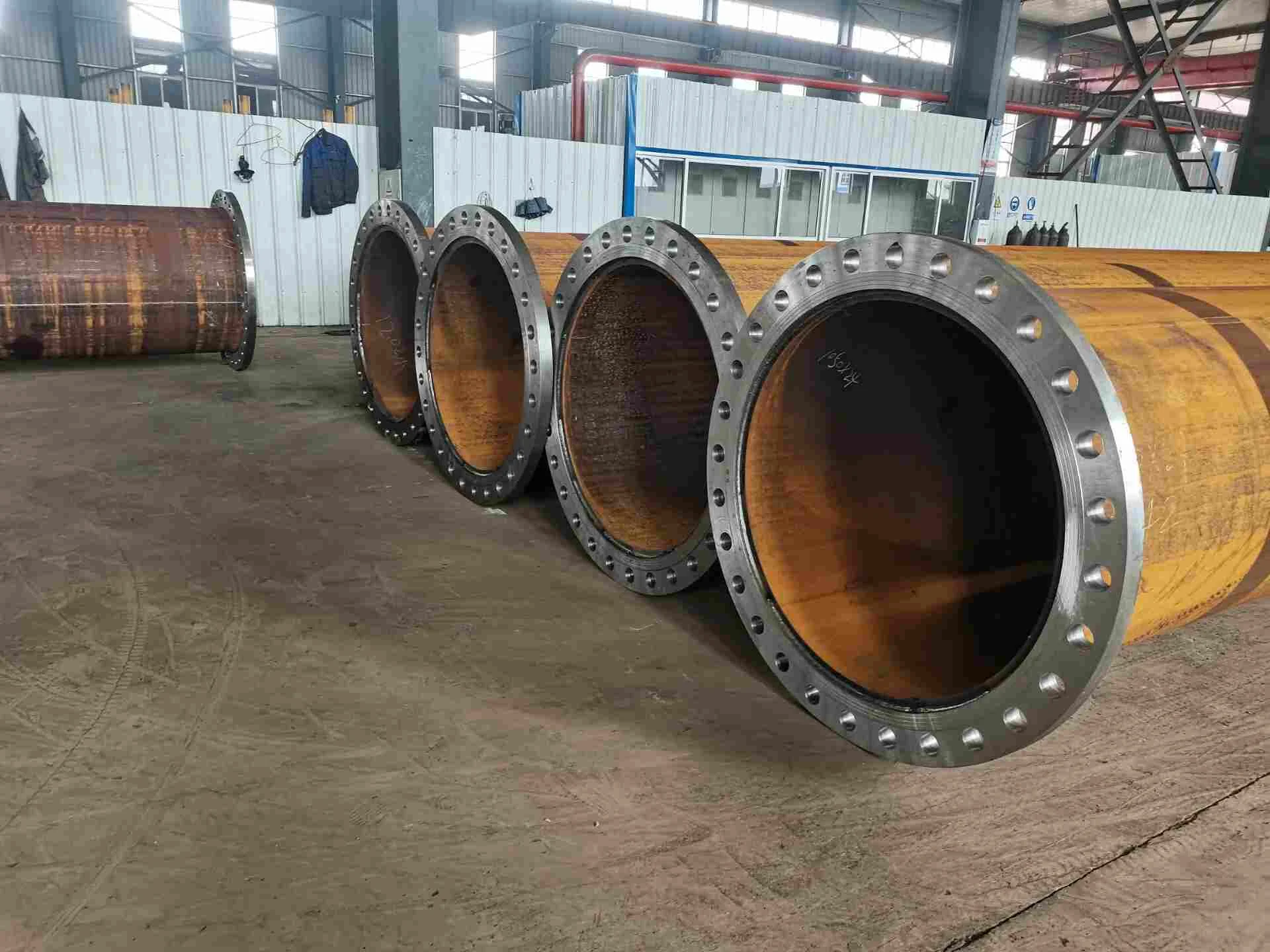What is the purpose of heat treatment after welding flange?
Welding is a common metalworking method that joins two or more metal parts together to form a whole. During the welding process, due to the action of high temperature and thermal stress, the structure and performance of the welding part will change, thus affecting the quality and performance of the entire welding structure. In order to ensure the quality and performance of the welded structure, post-weld heat treatment is required. This article will introduce the purpose and method of flange heat treatment after welding.

Purpose of heat treatment of flange after welding
The heat treatment of the flange after welding refers to the heat treatment of the flange after the welding is completed, so that it can reach a certain temperature and time, so as to improve the structure and performance of the welding part, and improve the quality and performance of the welding structure. The purpose of heat treatment of the flange after welding mainly has the following aspects:
1. Eliminate welding stress
During the welding process, due to the action of high temperature and thermal stress, stress will be generated in the welded part, and these stresses will cause deformation and cracks in the welded structure. Heat treatment can eliminate welding stress through the process of heating and cooling, and make the welded structure reach a stable state, thereby improving the quality and performance of the welded structure.
2. Improve welding structure
During the welding process, due to the action of high temperature and thermal stress, the structure of the welded part will change, thus affecting the performance of the welded structure. Heat treatment can improve the structure of the welded part through the process of heating and cooling, so that it can reach the best state, thereby improving the quality and performance of the welded structure.
3. Improve the hardness and strength of the welded structure
Post-welding heat treatment can improve the hardness and strength of the welded structure to its optimum state. This is because heat treatment can improve the organizational structure of the welded part to achieve the best state, thereby increasing the hardness and strength of the welded structure.
Heat treatment method of flange after welding
There are two main heat treatment methods for flanges after welding: normalizing treatment and tempering treatment.
1. Normalizing treatment
Normalizing refers to the process of heating the welded flange to a certain temperature and then cooling it to room temperature. Normalizing treatment can eliminate welding stress, improve the structure of welding parts, and increase the hardness and strength of welding structures. The temperature and time of normalizing treatment should be determined according to the type of welding material and the requirements of welding structure.
2. Tempering treatment
Tempering treatment refers to the process of heating the welded flange to a certain temperature and then cooling it to room temperature. Tempering treatment can eliminate welding stress, improve the structure of welding parts, and increase the hardness and strength of welding structures. The temperature and time of tempering treatment should be determined according to the type of welding material and the requirements of welding structure.
Precautions for flange heat treatment after welding
When heat treatment of flanges after welding, the following aspects need to be paid attention to:
1. The temperature and time of heat treatment should be determined according to the type of welding material and the requirements of the welding structure.
2. Pay attention to the speed of heating and cooling during heat treatment to avoid new stress and deformation.
3. Inspection and testing shall be carried out after heat treatment to ensure that the quality and performance of the welded structure meet the requirements.
4. After heat treatment, anti-corrosion treatment should be carried out to prolong the service life of the welded structure.
In short, the heat treatment of the flange after welding is an important measure to ensure the quality and performance of the welded structure. When performing heat treatment, it is necessary to determine the temperature and time of heat treatment according to the type of welding material and the requirements of the welding structure, pay attention to the speed of heating and cooling, and conduct inspections and tests to ensure that the quality and performance of the welding structure meet the requirements.
Carbon Steel Flange & Stainless Steel Flange
Advantages and scope of use of sliding flanges
What are the advantages of stainless steel pipe fittings?
Heat treatment process of stainless steel flange






